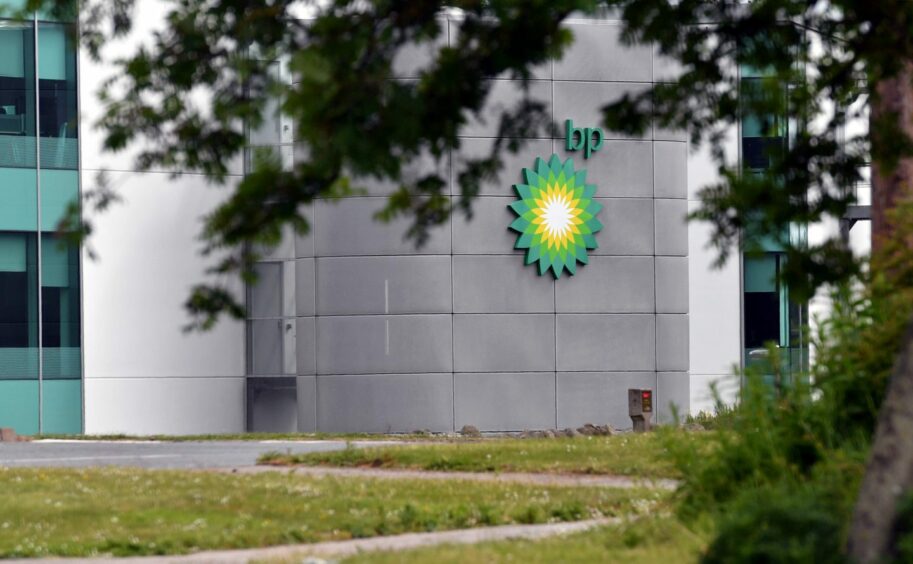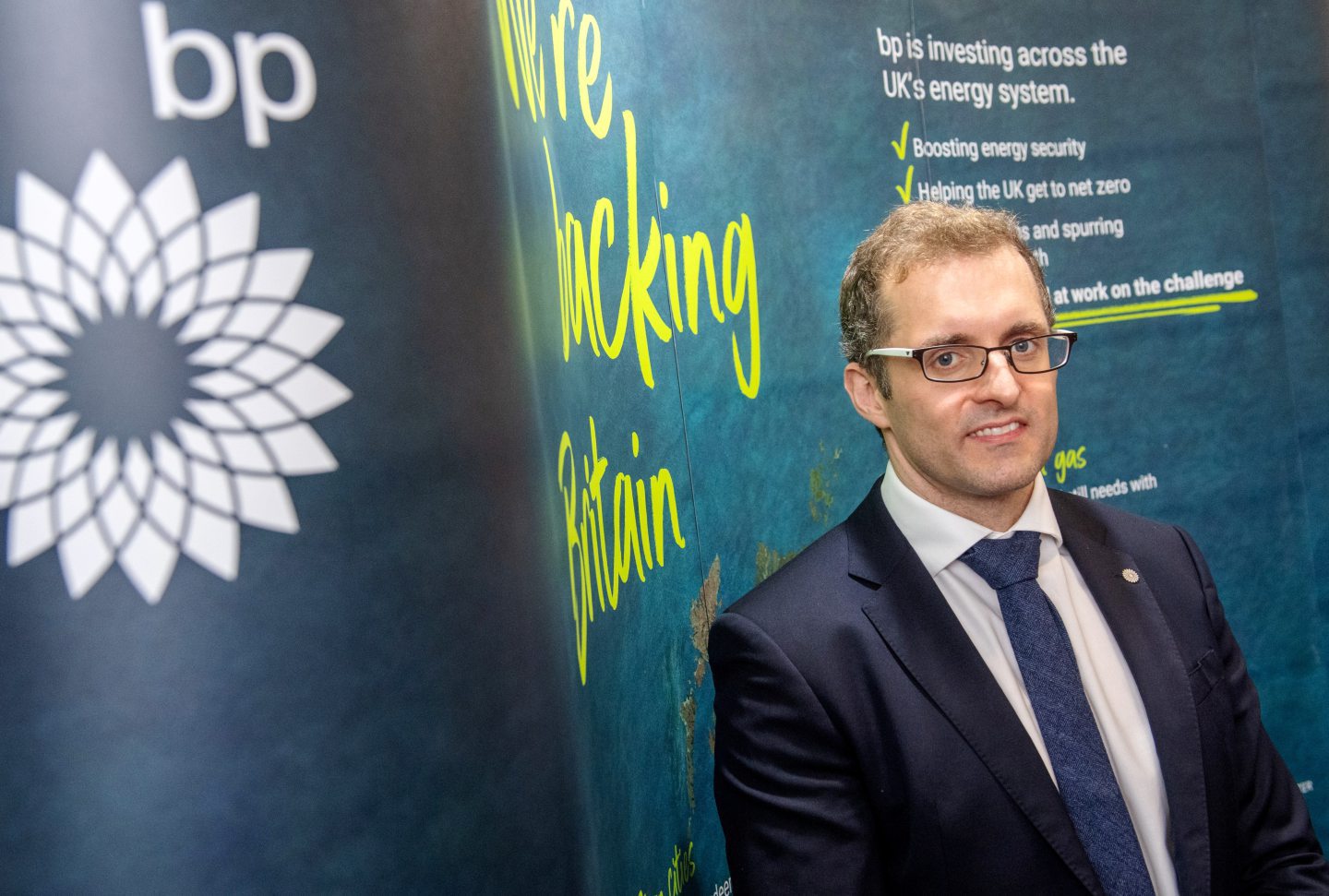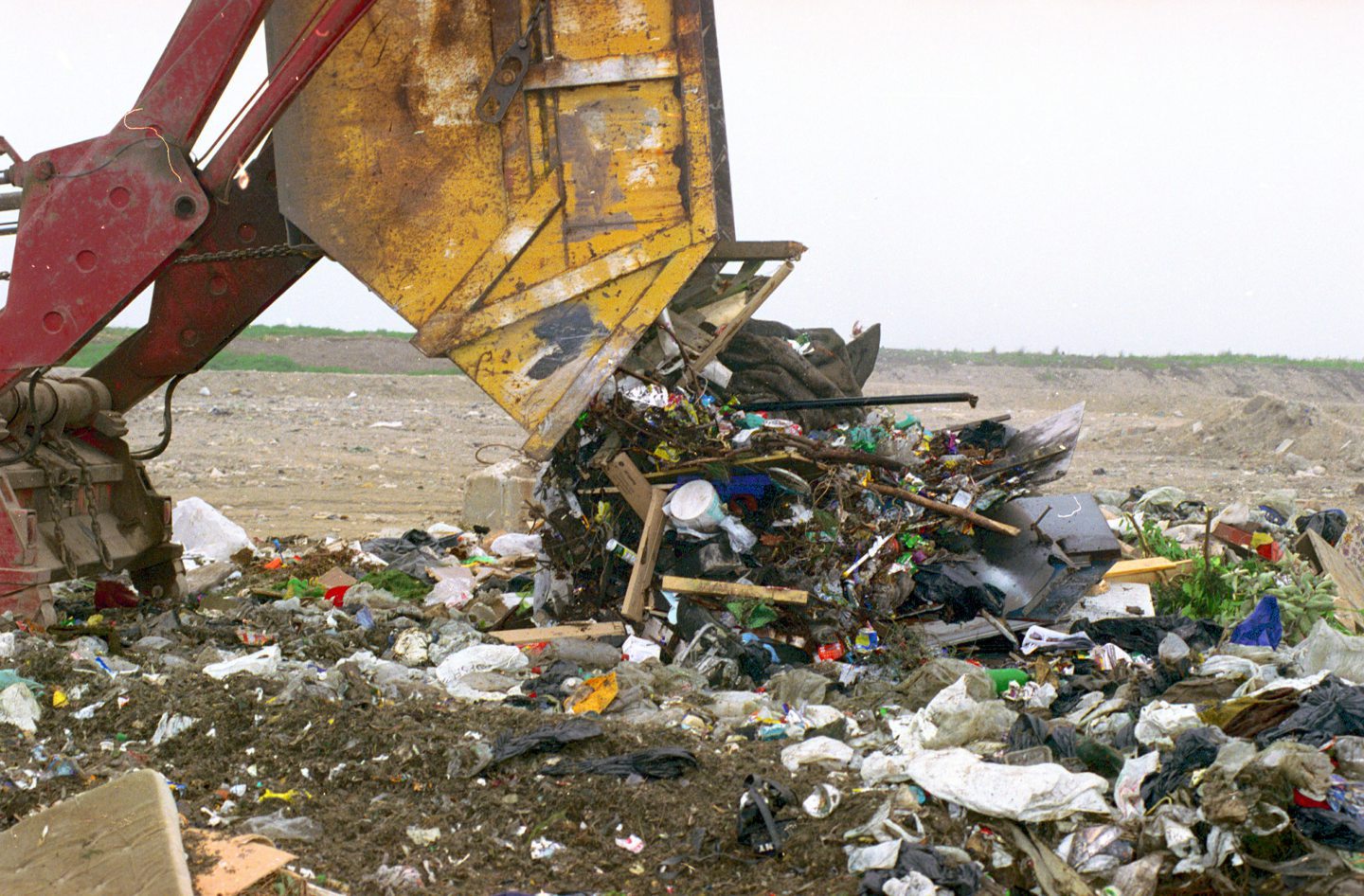
Planning documents, to be discussed by councillors next week, have set out details for the Aberdeen Hydrogen Hub proposed by energy giant BP (LON: BP).
An area of 123 acres (about half a square kilometre) has been identified for the solar farm and hydrogen production and refuelling facility, intended to initially serve a fleet of 25 Aberdeen buses from the end of 2024.
Later, as the project develops, it expects to serve rail, truck and marine vehicles, and for the production to take energy from larger-scale renewables like offshore wind.
What and where?
The solar farm will power the production site using electricity. An area of 121 acres has been identified for this, though the planning document notes only 69 acres will be used by the solar farm.
This will include banks of solar panels, electrical transformers and other equipment such as CCTV cameras.
The production and refuelling facility, a two-acre site on Hareness Road, will be a 24/7 operation, producing up to 900kg per day.
The built development would include: a concrete plinth being formed to support three vehicle hydrogen dispensers, an electrolyser (which splits water into Hydrogen and Oxygen), compressors, hydrogen storage, a station module and substation, and a local electrical sub-station.
Two access points on Hareness Road are proposed – planners say a bus stop on the west side of Hareness Road would need to be moved due to the development and footpath extended.
An underground cabled power connection will be created between the two sites.
What’s near and around the location?
Nearby the solar farm site is coastal land to the east, the South Harbour to the north-east, and the Nigg Wastewater Treatment works to the immediate North.
A Site of Special Scientific Interest lies at Nigg Bay on the opposite side of the Coast Road to the north-east at a lower level, and to the west is Tullos Hill, which is a heathland designated as a local nature conservation area.
Planning documents state the site extends south and includes a linear area of land between the Coast Road, the railway and the edge of industrial sites on Hareness Place and Road.
At the very south end of this is a vacant site within the industrial area on Hareness Road. An area of around one hectare adjacent to the former Irvin House forms the southern part of the development, which comprises open scrubland sloping to the east.
Historic monuments and solar panels
There are several bronze-age Cairns nearby the solar farm which sit on high ground of Tullos Hill, with the landscape views key to their setting: Tullos Cairn, Crab’s Cairn, Baron’s Cairn Loirston Country Park Cairn and Dyke, and Cat Cairn.
Historic Environment Scotland (HES) said the proposals “do not raise issues of national significance, however some concerns over impacts”.
Although the panels would be low in height and set behind a fence, there would be “adverse impact” on the setting of Crab’s Cairn – and has HES recommended that BP sets the panels in such a way that opens up views of the surrounding land and sea.
The planning documents note BP has agreed to do this.
Moving forward
Aberdeen City Council picked BP as the preferred bidder to build the production hub last year.
The move has led to a row, with the Scottish Greens hitting out at the oil and gas giant’s involvement.
We’re working on decarbonizing transportation. This time with our model of the Aberdeen #Hydrogen Hub. We created a digital twin to determine the technology needed to optimize #GreenHydrogen production in the city. @H2Aberdeen
Learn more: https://t.co/YZQVageC9F pic.twitter.com/c3CQwecJnl
— bp (@bp_plc) June 21, 2023
BP expects to take a key final investment decision on the project this year.
It is owned in a 50-50 joint venture with Aberdeen City Council.
The Scottish Government earmarked £15m for the project in 2021.
What is green hydrogen?
Industry hopes hydrogen can replace natural gas as a primary fuel source for areas like heavy industry and transport, though the size of the market for areas like domestic heating remains unclear.
Green hydrogen is derived from sustainable energy sources like offshore wind, or in this case solar power, but it is considered more expensive than its dirtier alternative of blue hydrogen, which is derived from natural gas.
Further uptake of hydrogen is expected in the coming years as major infrastructure projects like the European hydrogen backbone are created – expected to create market demand for exports of the fuel from places like the North Sea.
Recommended for you


 © Supplied by Kath Flannery / DC T
© Supplied by Kath Flannery / DC T © Supplied by -
© Supplied by - © Supplied by Kenny Elrick
© Supplied by Kenny Elrick